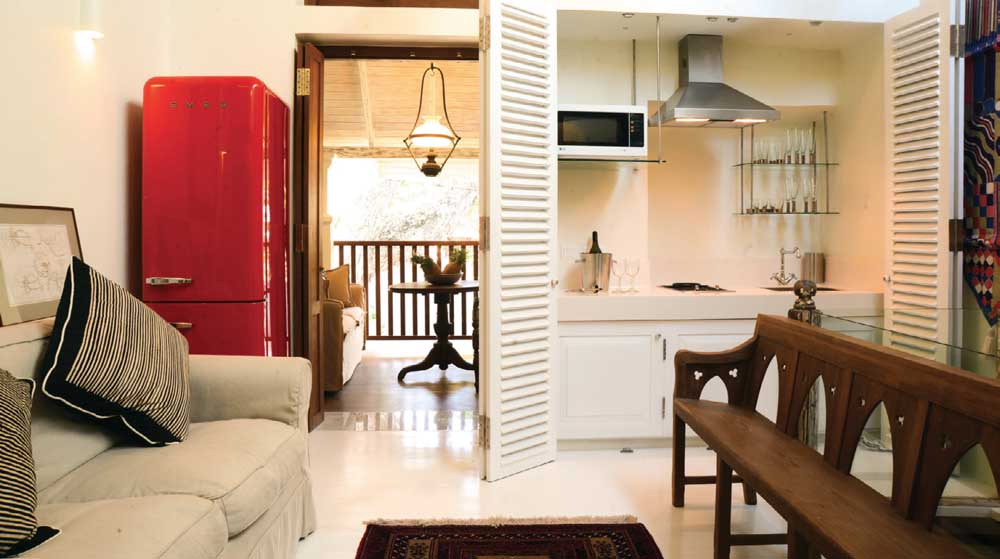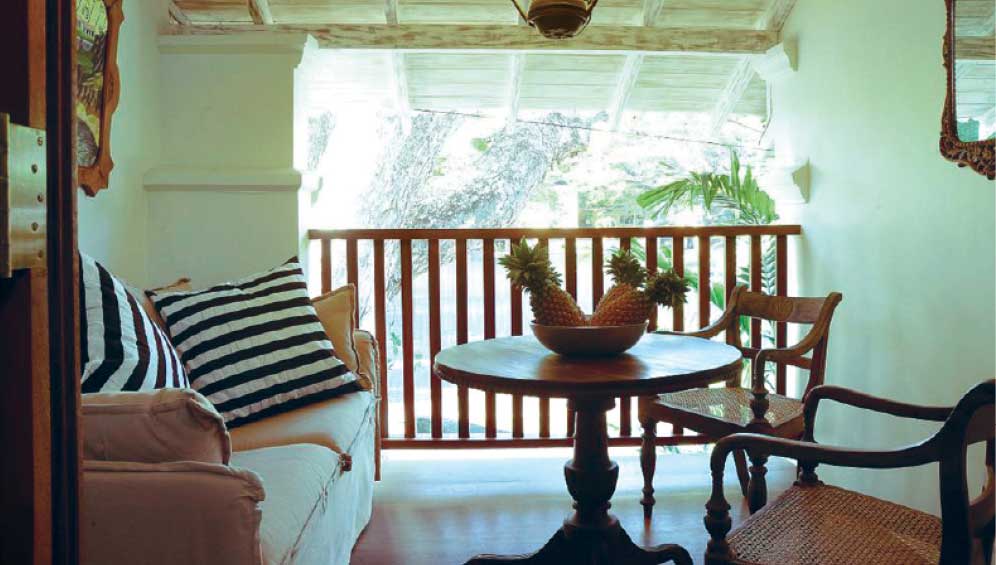COURAGEOUS CREATIVITY
Progressive beauty that captures the eye
Ashan Algama in conversation with Lashani Ramanayake

 His fascination with literature, art and music ultimately led Ashan Algama to a career in architecture because he was more curious about its technical side. He counts the bold design of the flagship store for GFlock, which was shortlisted for the Sri Lanka Institute of Architects (SLIA) Award Cycle 2020 as his most memorable ac-complishment to date.
His fascination with literature, art and music ultimately led Ashan Algama to a career in architecture because he was more curious about its technical side. He counts the bold design of the flagship store for GFlock, which was shortlisted for the Sri Lanka Institute of Architects (SLIA) Award Cycle 2020 as his most memorable ac-complishment to date.
Echoing Henri Matisse’ observation that “creativity takes courage,” Algama hopes to evoke a sense of excitement, newness and satisfaction through his work, by experimenting and adopting a progressive approach to design.
Q: How can environmentally appropriate design solutions be promoted?
A: This subject has been a hot topic over the past couple of decades – especially due to globalisation and rapid modernisation of the construction industry. It has now heightened to code red status due to the rapidly increasing issues of global warming, pollution and deforestation.
Environmentally appropriate and sustainable design solutions should stem from leading design firms and governing authorities. Sometimes, laymen may not un-derstand what it means to be sustainable or have an environmentally appropriate design for their new building project.
It is the architect’s or designer’s responsibility to educate and promote a more sustainable design approach.
Q: In your view, how can long-term efficiency of modern eco-buildings be sought?
A: The World Green Building Council offers advice on creating green buildings and the positive impact they will have on the planet. It provides information not only on paper but also in the actual design and construction of such building typologies.
The benefits of green buildings are threefold – environmental, economic and social. In terms of materials, long-term efficiency is sought through testing and stud-ies. Energy efficiency will depend on smart design to minimise the energy required to power a building that will directly affect its running costs.
Moreover, planning for project implementation and sourcing raw materials over time must be implemented efficiently to prevent harming the environment. Modes of efficiency can be applied to designs by the architect or designer through proper studies, education on sustainable methods and a green approach.
Q: How have technology and social media impacted designers?
A: They have bridged a huge gap that existed in design across the world, and digitally globalised architecture and design as a whole.
Before the advent of technology, a designer’s primary tools were print media and travelling to different parts of the world, to experience design and architecture. With the dawn of the internet and social media, these are now at a designer’s fingertips on their smartphones. At the click of a button, the latest design trends and construction methods can be instantly accessed.
However, this easy access has also become a quick fix for some designers who are lazy. Sometimes, their creativity may be inhibited by the information available, and the ability to cut and paste similar projects into their own design.
On the brighter side, social media has provided a platform for everyone to showcase their designs and ideas while being inspired by the work of others at the click of a button.






